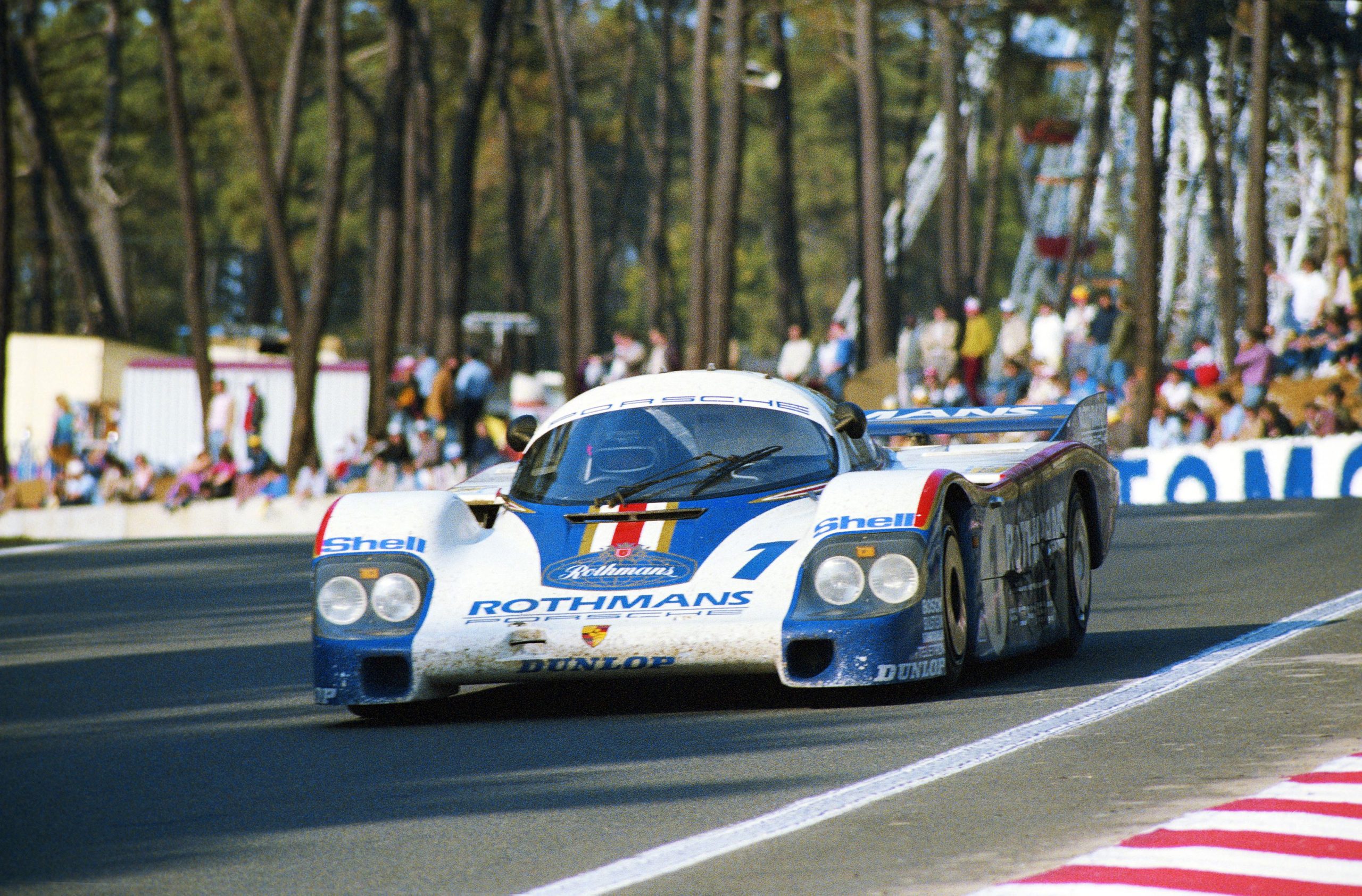Words by: Glen Smale
Images by: Corporate Archives Porsche AG
The Porsche 956, and its later sibling the 962, became the most successful sports prototype in racing history during its domination of Group C between 1982 and 1992. Once the Porsche factory released the race car to private teams from 1983, it became the weapon of choice. Winning around the globe, this phenomenal racing machine racked up no less than 232 major international victories during its reign.
No Subscription? You’re missing out
Get immediate ad-free access to all our premium content.
Get Started



